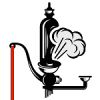Photo Gallery of Railroad Adventures
All photos courtesy of the author, circa 1979 - 1982.

I've left the railroad after taking a buyout as a trainmaster. I'm next to my beloved '76 Chevy van that I slept in when I worked out of Alliance, Nebraska while on furlough from Grand Forks. In the front seat is my Border Collie, Jake.
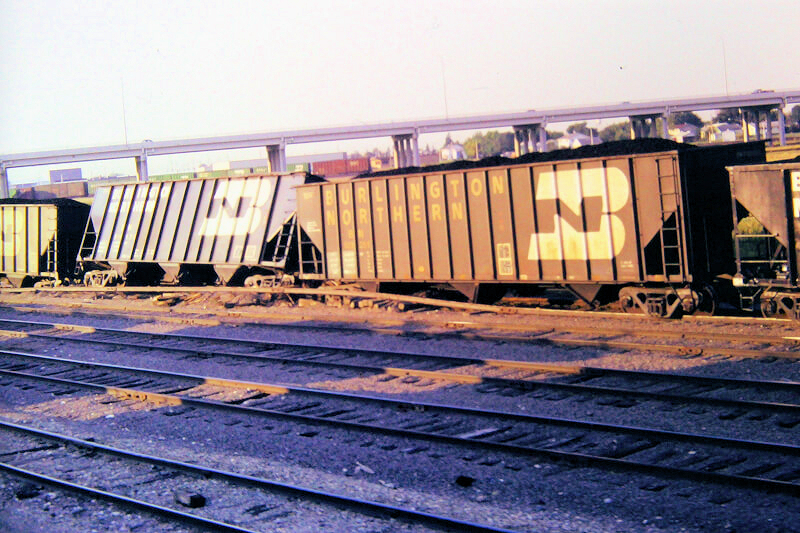
One of the many things I had to deal with as a trainmaster in Denver – derailments.

Outside of the Grand Forks area with a chopped nose GP 9 leading a procession of F9's.

Grand Forks, North Dakota downtown area and it is probably 10 below. For a Georgia boy this was incredibly cold weather!
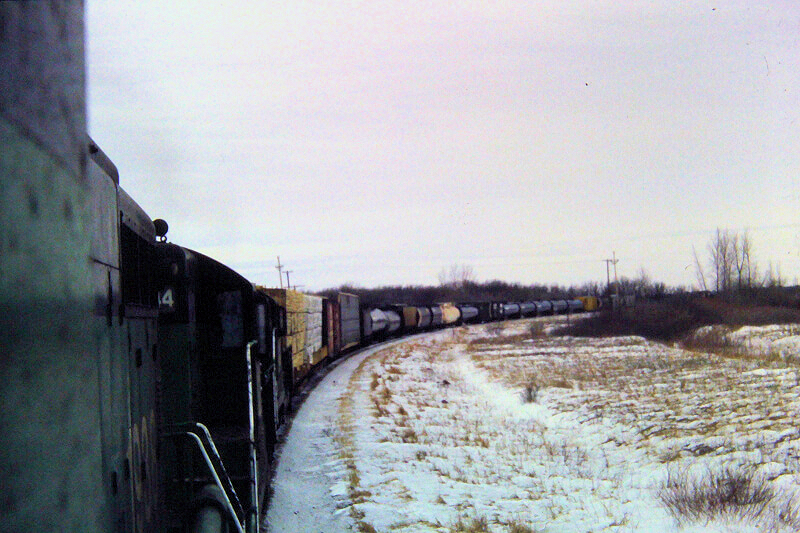
Working the Walhalla local from Grand Forks up to the Canadian border. We would leave at 3 o'clock in the afternoon and arrive in Walhalla at 3 AM. And it was only 90 miles!
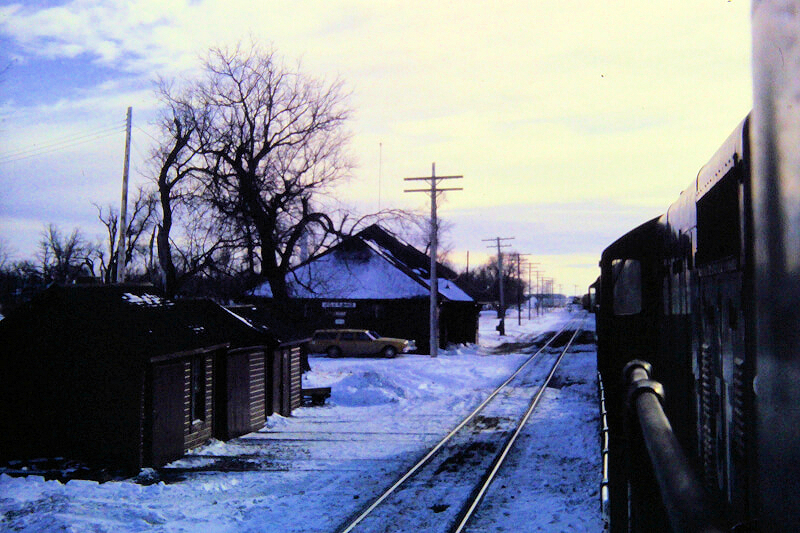
Called at 6 AM to work the Cass Lake local, another train that took almost 12 hours to get to the destination in Minnesota from Grand Forks. On the way, conductor Benny Bohn collected five dollars from each of us and we made a stop for the conductor to run into a grocery store. Dinner was in the caboose that night and consisted of Salisbury steak, mashed potatoes and gravy and green peas, all cooked on the oil stove in the caboose. Delicious!
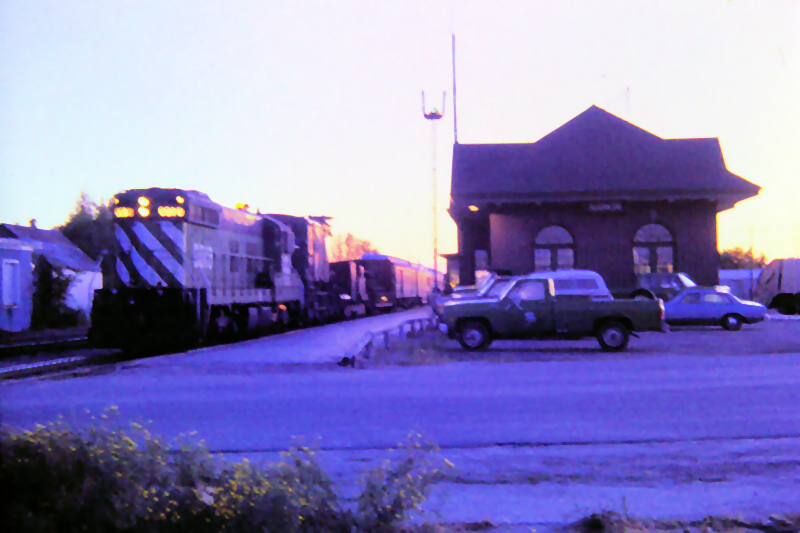
I got called for a work train to the Bemidji, Minnesota area. Very pleasurable duty and we even stopped to pick wild raspberries and asparagus.
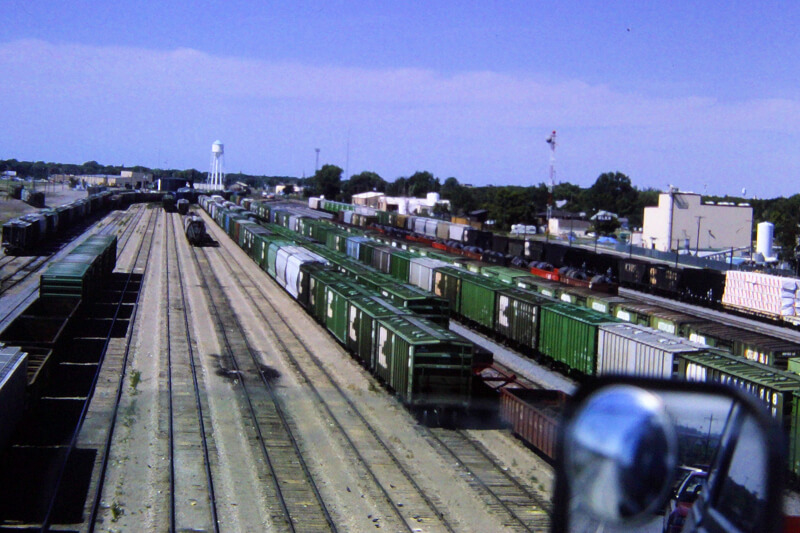
Looking onto the Grand Forks yard from the highway overpass where I spent many a night as a switchman putting together the locals and other freights. One of my favorite freights was the 124 to Staples, Minnesota (the longest run in the division) with only one stop in Crookston, Minnesota. Only problem was that we were called at 2 AM and it was tough staying awake. One night the entire crew fell asleep, a story recounted in the book.

Looking at the tail end of my train from the locomotive as we went through the horseshoe curve at Crawford Curve in Nebraska. This was the setting for the story "The Race at Crawford Curve" in the book, where the rear brakeman bet the conductor he could jump off the locomotive at the beginning of the curve and cut through in time to reach the caboose.
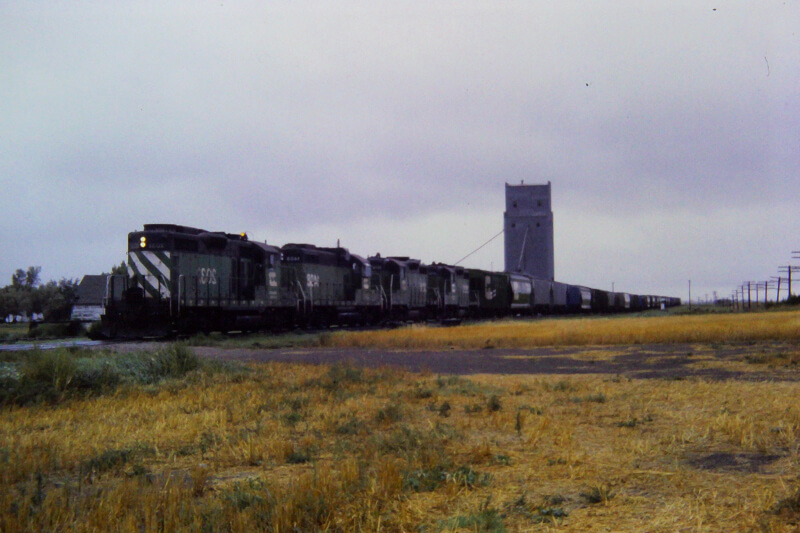
Switching one of many grain elevators that served as the bedrock for railroad business in North Dakota.
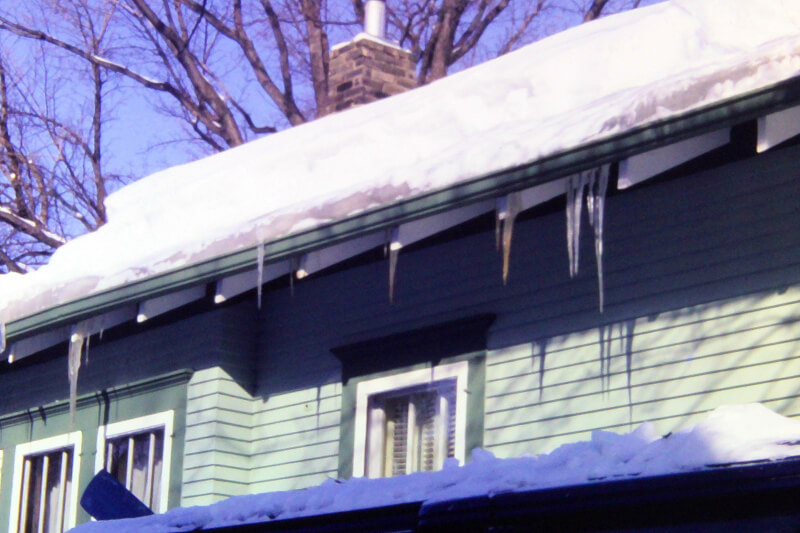
Uff Da as they say in North Dakota which roughly translates as "oh shit" from the Norwegian, you had to rake your roof to keep the snow from melting and traveling under your roofing down into your house. This involved using what was called a snow rake.
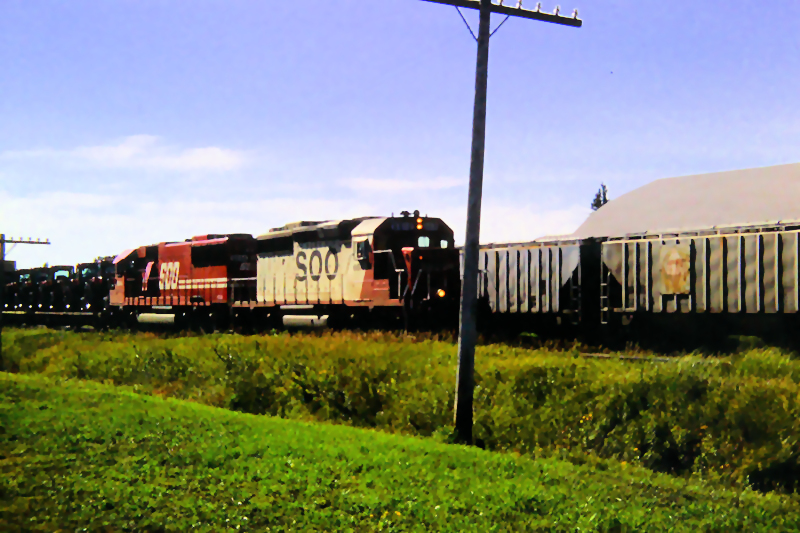
A Soo Line local from back in the day. Consolidated into the Canadian Pacific it is a fallen flag today much like the Milwaukee and the Rock Island. I worked with many of the Milwaukee and Rock Island employees who were terminated and hired on with the Burlington Northern in Alliance, Nebraska.
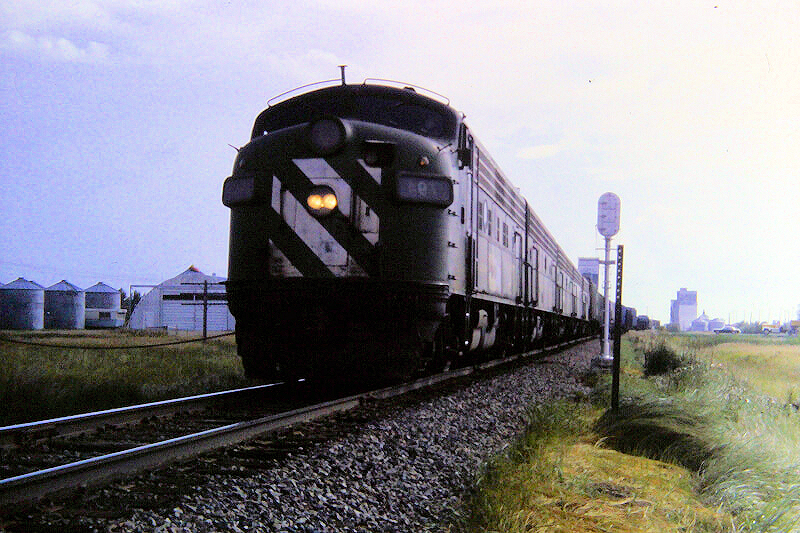
Working a local freight with F-9's, which required quite a drop down the ladder to get off the locomotive. Very treacherous when there was lots of ice and snow. One night in an F9 the engineer and I fell asleep during a 10 mile an hour slow order due to the harmonic rocking of the old locomotive. Read the book to find out what happened.

A Seaboard Coast Line train, also a fallen flag. Now part of the CSX Railroad, it was a merger of the Atlantic Coast Line and the Seaboard Air Line which is the way it was when I was a kid hopping freights.
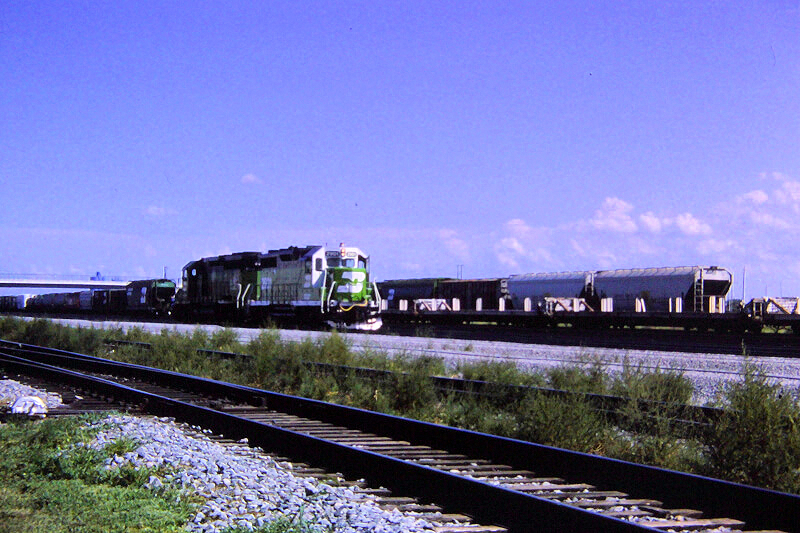
A picture of the Alliance, Nebraska yard where I spent many an evening switching out trains.
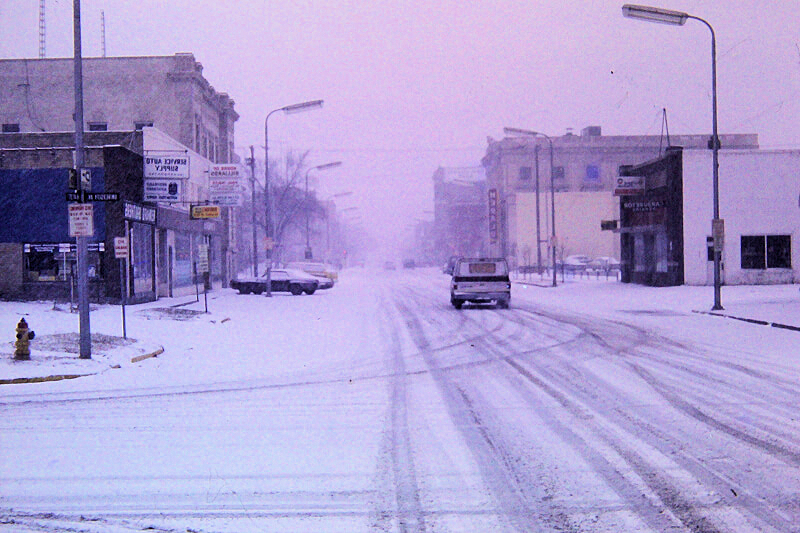
Another picture of a frigid Grand Forks downtown.
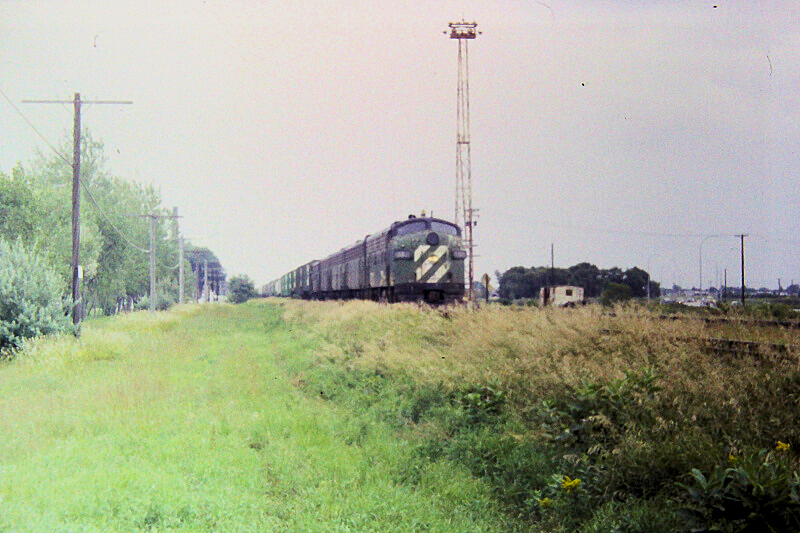
Leaving the Grand Forks yard with a freight being pulled by a string of F-9's. Most were built in the 1940s and it was not unusual for one or two of them to break down which is why we used so many in the consist.
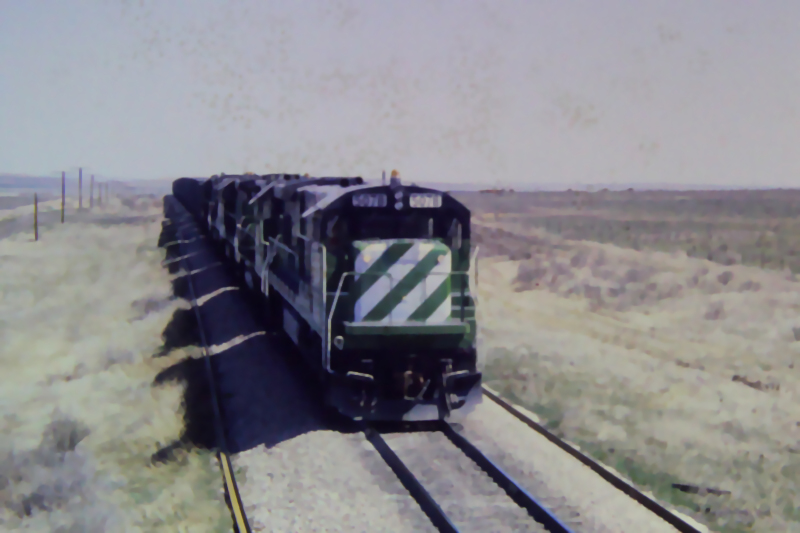
We are leaving Alliance, Nebraska with a unit coal train out of the Powder River basin on our way to Ravenna, Nebraska. Unit trains were my favorites because they always had SD-40s on the front end, and they were new, and everything worked on them! Plus, I could put my grip down and get comfortable because I wasn't going to be getting on and off to switch grain elevators or anything like that.
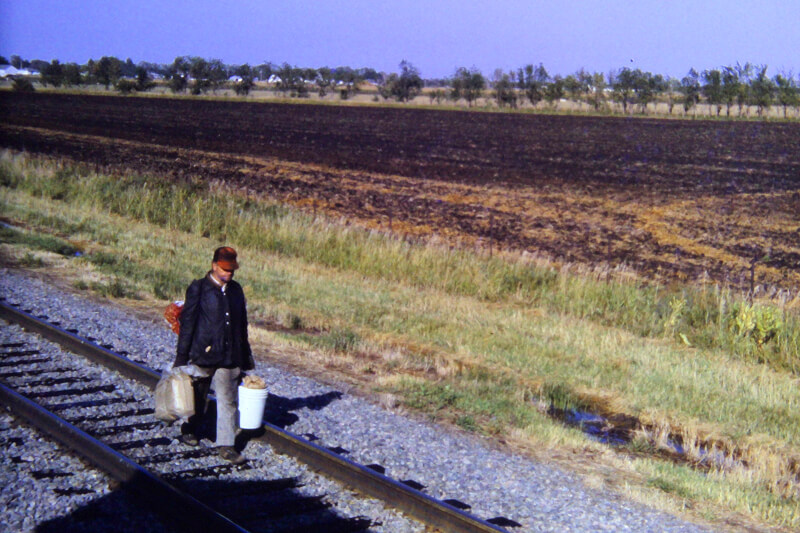
I often encountered hobos and in the beginning of my book I shared a can of beans with a group of hobos waiting to catch a train out of Atlanta. It was heady stuff as a young boy to hear the life philosophy of a hobo.
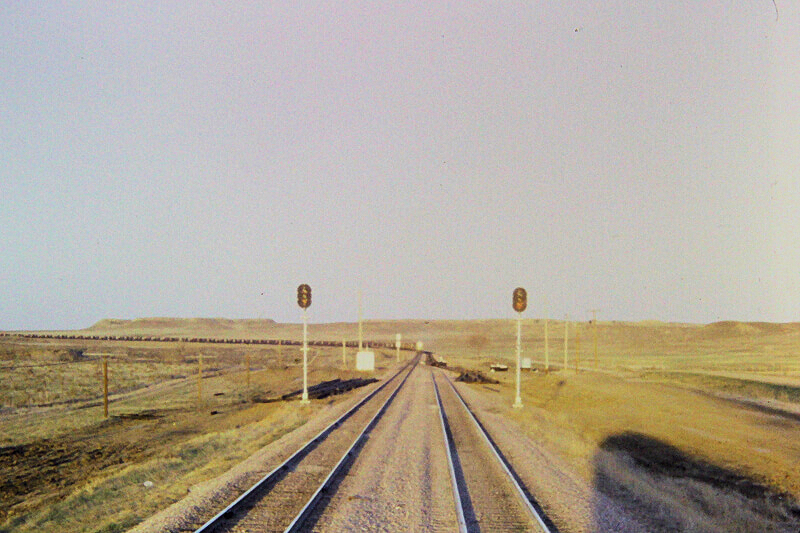
On another train leaving Alliance and I believe we were heading to Edgemont, South Dakota, where you had to be careful using the toilet because the town water supply was a hot spring, and you could get seriously burned where you didn't want to get burned!
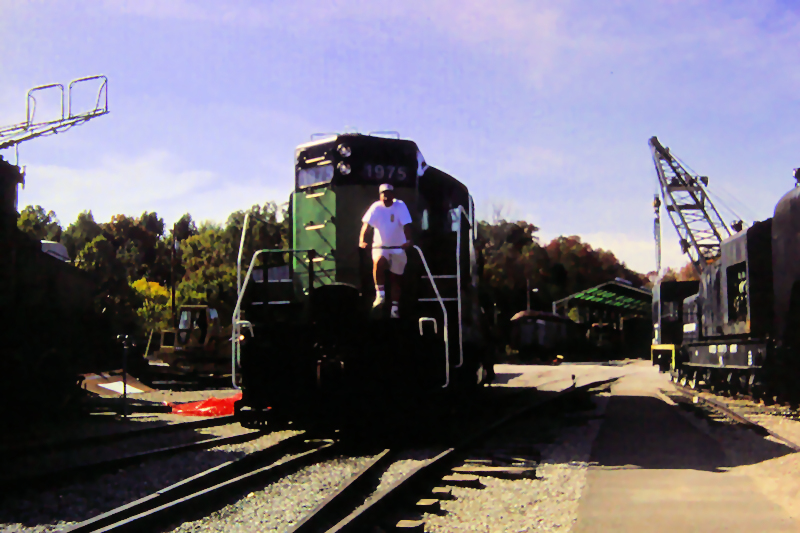
Off-duty visiting a local museum that managed to snag an old GP-9 that I'm standing on.

A mixed freight out of Alliance with an unusual SD-40 on the front end. I slept in my Chevy van in the Alliance parking lot and the crew callers would come bang on the side of the van to let me know I was being called for a train. There was a Burger Chef within walking distance of the parking lot and I loved their salad bar!
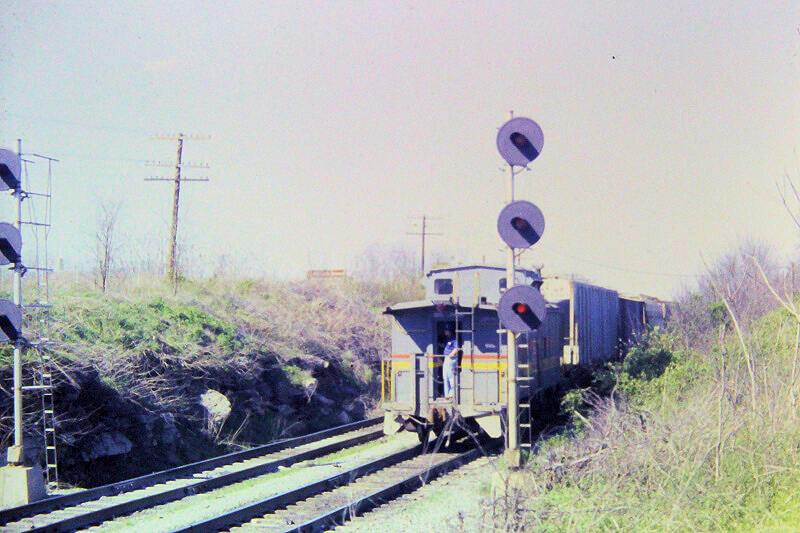
An end to a Seaboard Coast Line train back in the day with a caboose. I spent many a night in a caboose and my first student trip on the Cass Lake local in Minnesota included beer and dinner with a clear violation of Rule G, the railroad rule that prohibits alcohol on the railroad. However, we were off duty.
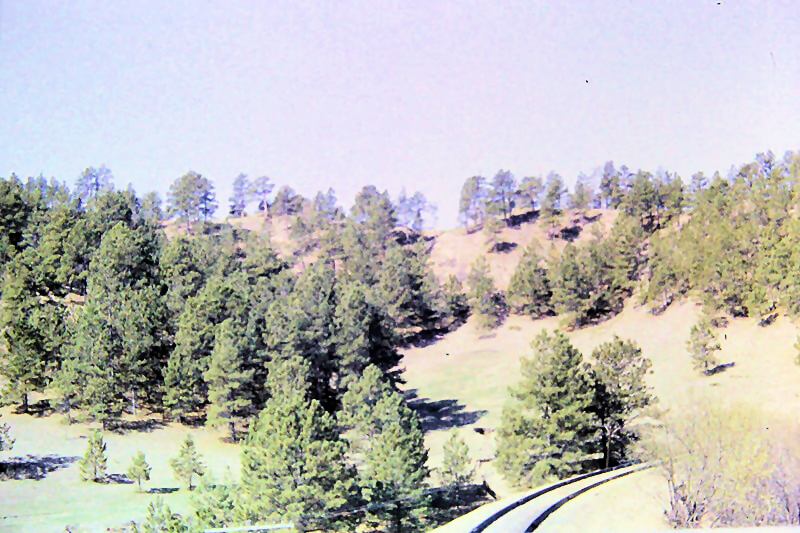
At the beginning of Crawford Curve in Nebraska on the way to Edgemont, South Dakota. This is the scene of one of my stories called the Race at Crawford Curve where the rear brakeman bet the conductor that he could jump off the train and cut across the inside of the curve and meet the train. Read the book to find out how it ends!
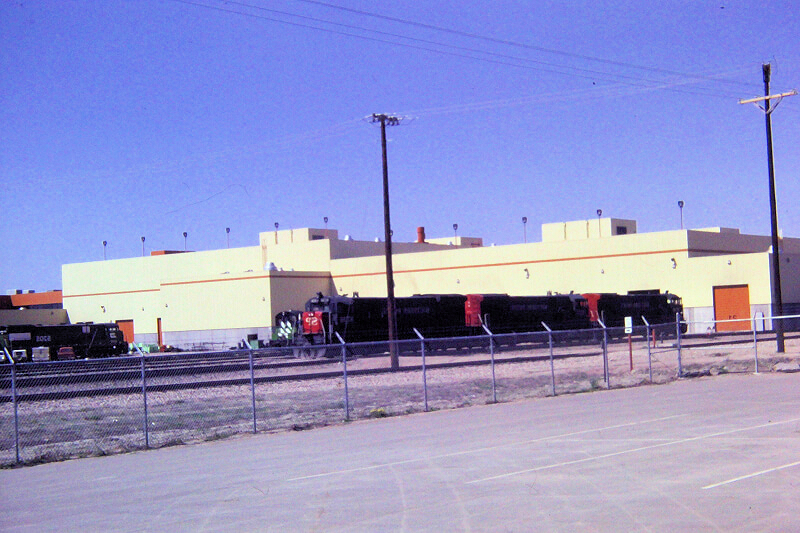
This is the Alliance, Nebraska locomotive maintenance facility also known as the Roundhouse.
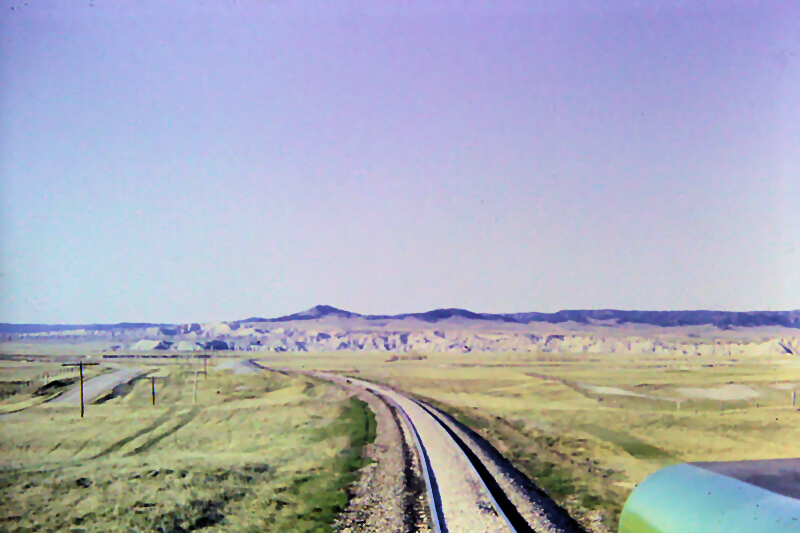
Heading into the famous sandhills of Nebraska, home of the infamous pygmy rattlesnakes. The railroad told us that if we were bitten by one to just find a "quiet place" to rest and to stay calm and you would be fine. Years later I found out that was terrible advice!
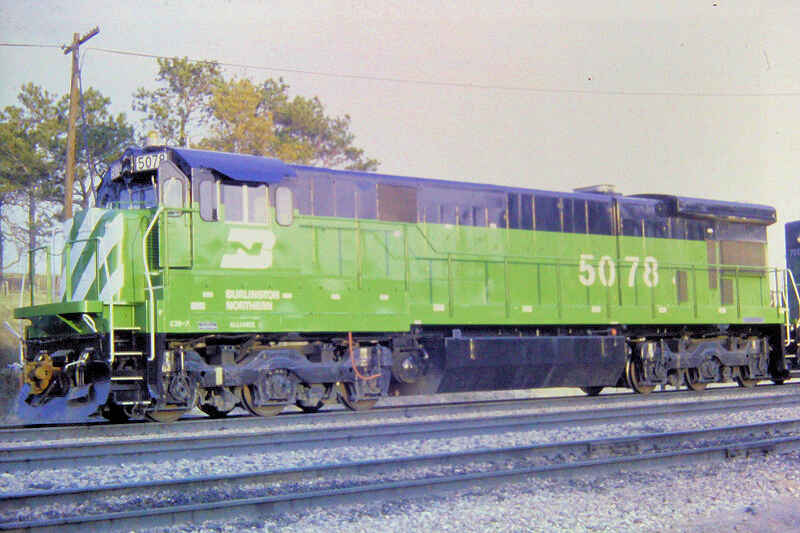
One of the many General Electric "U-boats" as they were called. They chugged and had a very distinctive sound. But very comfortable inside.
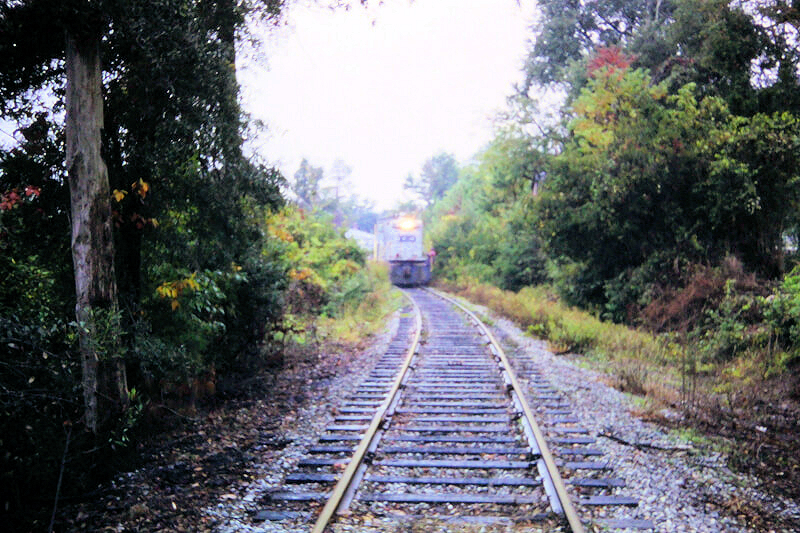
An SCL freight coming around the bend. I appear to be standing in the middle of the tracks which wouldn't appear to be advisable except as I recall he was going awfully slow. Early on in my book I describe being caught in the middle of a trestle with the Silver Comet passenger train bearing down on me. Being 12 years old and flexible I survived somehow but read the book for the full story.
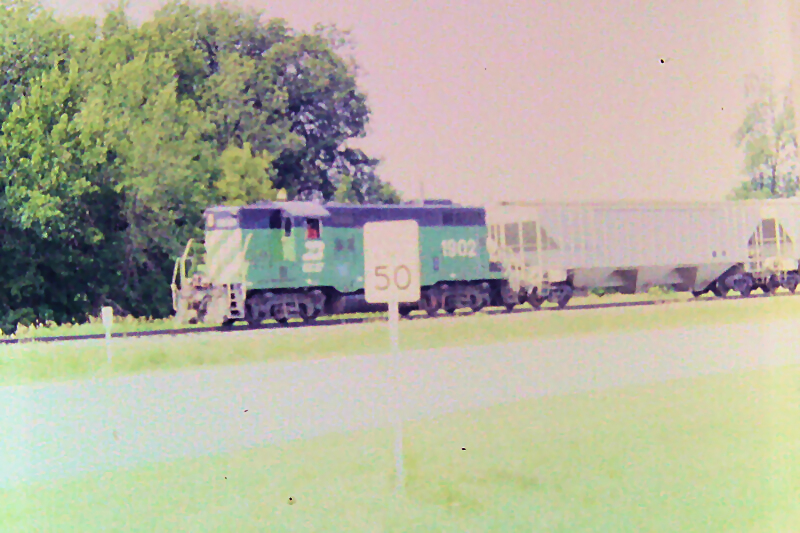
A North Dakota local, one of many that I worked. I was called off the extra board to work any train in which a crew member had decided to take the day off, or "laid off" in railroad speak. Many times, when I was called off the extra board it was extremely frigid weather, or a holiday or hunting season. You get the picture.
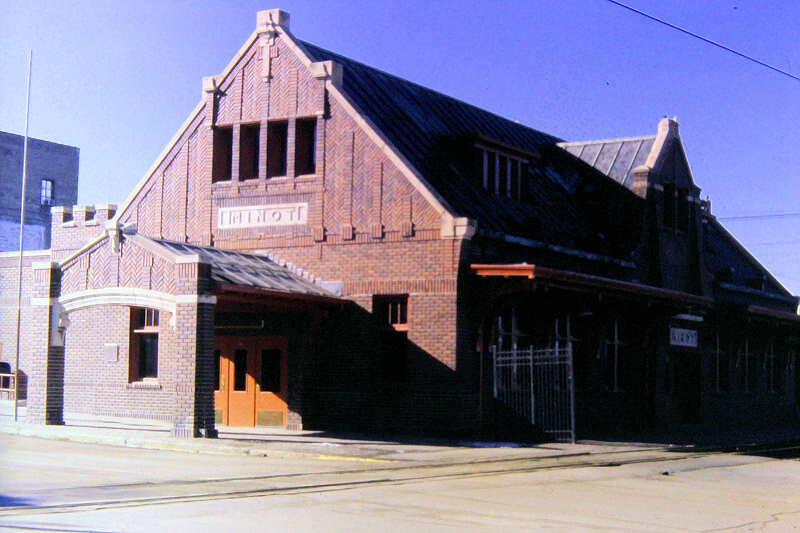
The beautiful Soo depot in Devils Lake, North Dakota. I had one of my near-death experiences in the yard at Devils Lake when a tired grumpy conductor sent me off on a loaded propane tank car without working breaks. I managed to jump right before the collision.
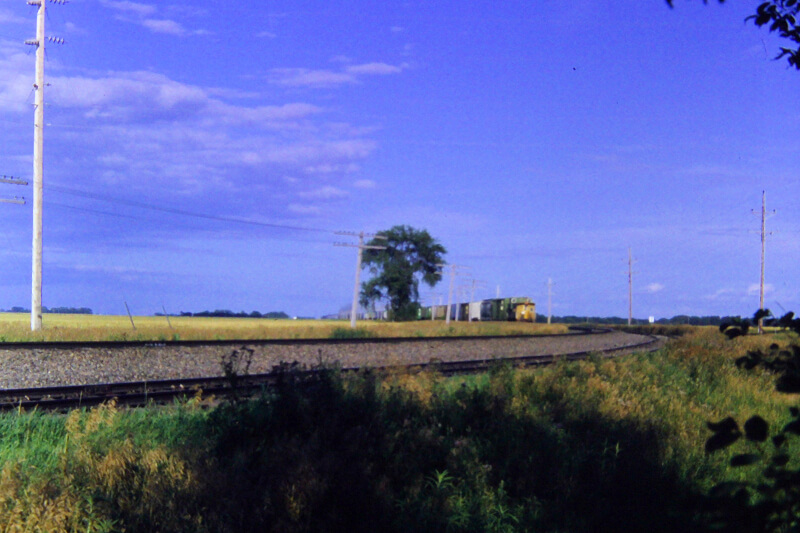
The end of a North Dakota local with its caboose. Freight trains will never be the same without the caboose at the end which is why I called my book Burlington Northern Adventures: Railroading in the Days of the Caboose!
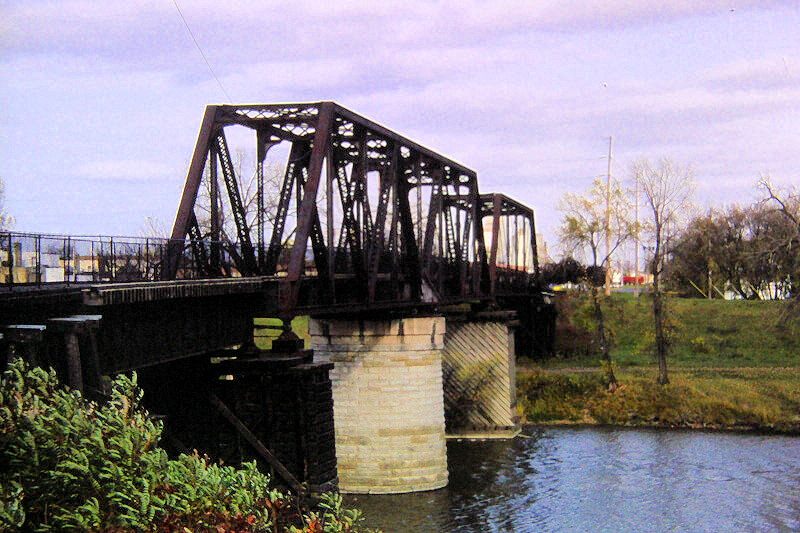
The old Northern Pacific bridge across the Red River in Grand Forks, North Dakota. The bridge has since been removed by the Army Corps of Engineers.
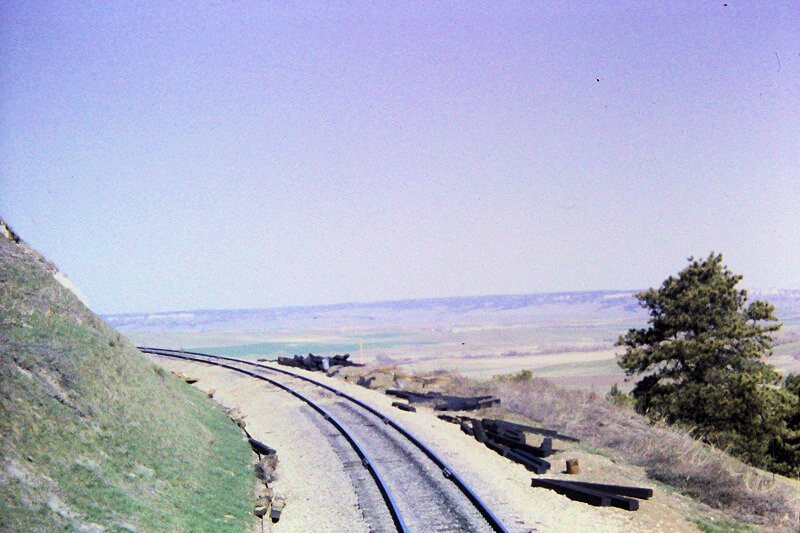
In the sandhills of Nebraska where there were many curves that required the use of flange oilers. The inside of the railroad wheel is called the flange and it keeps the train on the tracks. The many curves required oil to be squirted onto the flanges in order to minimize friction and wear on the flanges.
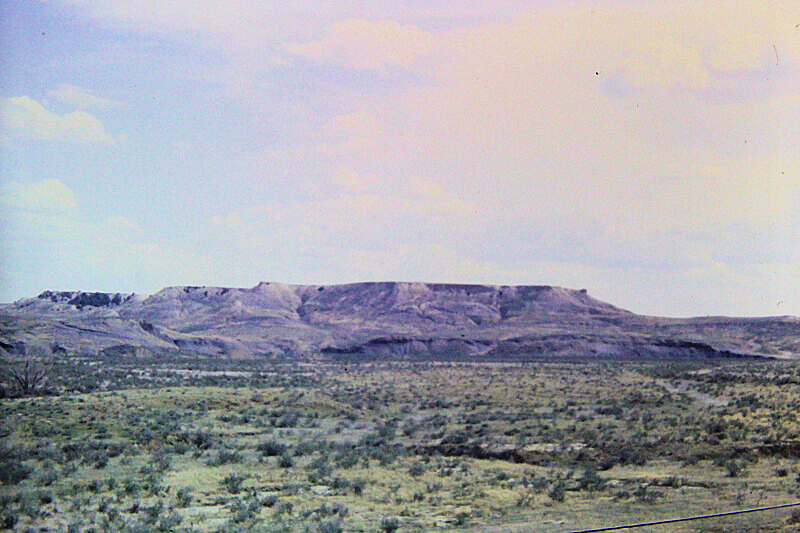
Nebraska had varied topography and I used to laugh as we often went through the Nebraska National Forest which was planted by the Civilian Conservation Corps during the Great Depression. The hills you see in this picture are part of the National Forest.
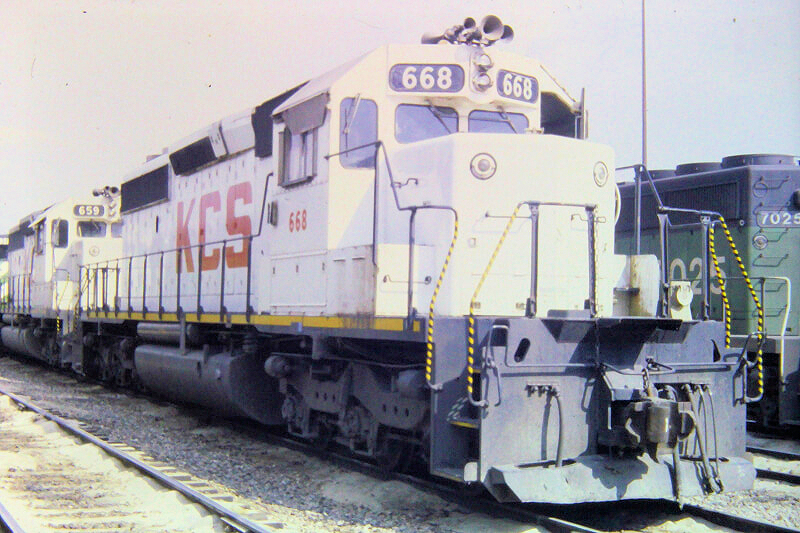
The white locomotives of the Kansas City Southern contrasted with the green of the Burlington Northern locomotive behind it.
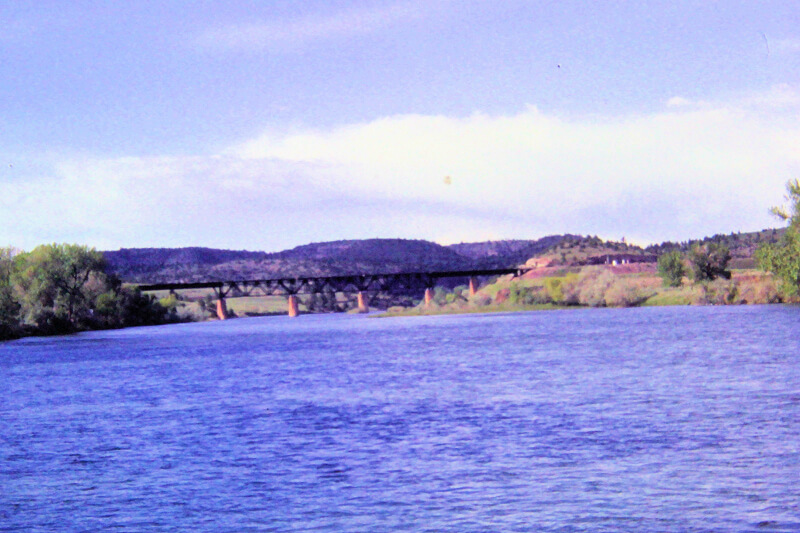
A bridge near Scotts Bluff, Nebraska where I would often go to hike. It was pretty neat to hike the old Oregon Trail and still see the wagon ruts left from 150 years ago. But boy, did you have to watch out for those pygmy rattlesnakes! A Park Ranger at Scotts Bluff told me he was bitten by one and ended up waking up three days later in intensive care at the local hospital where he was told he came very close to dying. So much for the railroad's advice to stay calm and find a quiet place!
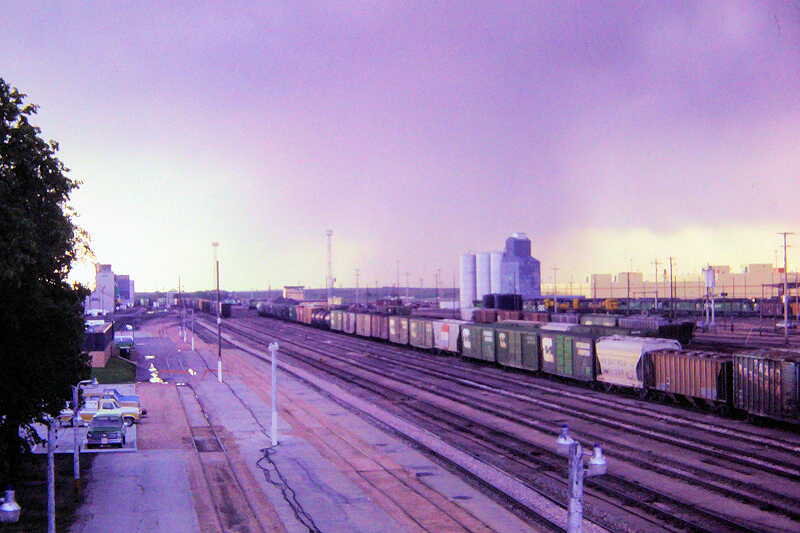
As a trainmaster in Denver for the Colorado & Southern Railway, I often worked in the 38th St., Tower and this was the view looking down into the Denver yard. Sometimes I felt like I was working with a giant Lionel or American Flyer set.
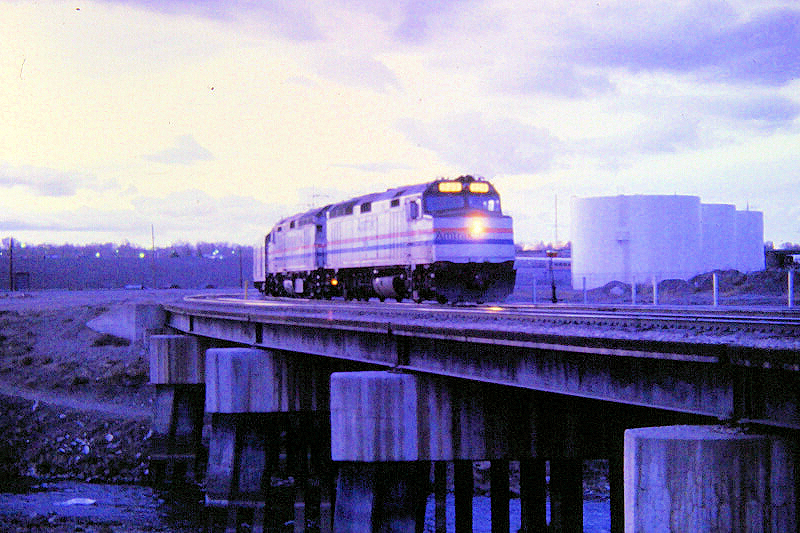
Amtrak leaving Denver. One of my responsibilities as a trainmaster was to get the Amtrak train out from Union Station each evening. I was also responsible for the Coors beer trains out of Golden, Colorado.

A unit coal train with my favorite SD-40s on the front end. A smooth ride compared to a local with its mishmash of power on the front end subject to breakdowns. One time a B unit actually caught fire and we had to call the local fire department. It's one of the stories in the book.
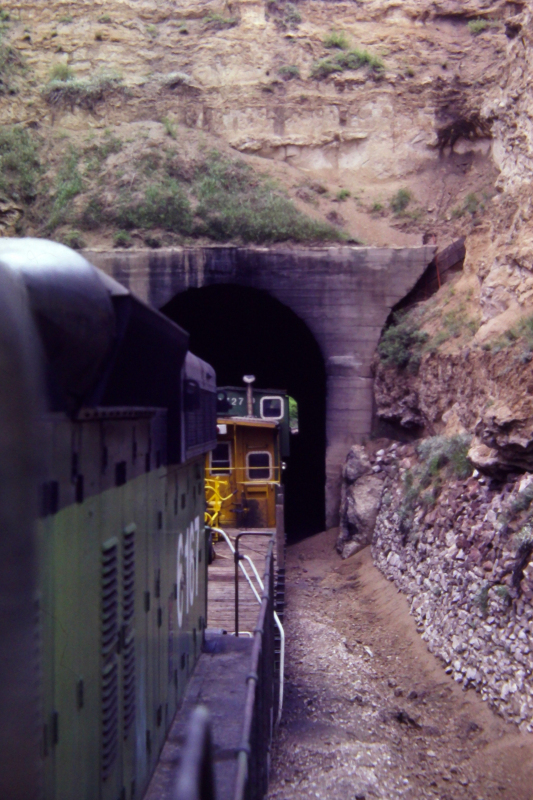
The Crawford Tunnel was the only railroad tunnel in Nebraska, and I was lucky enough to go through it a number of times. Here I was on a work train working in the area. Shortly thereafter the tunnel was removed and opened up. No more railroad tunnels in Nebraska!
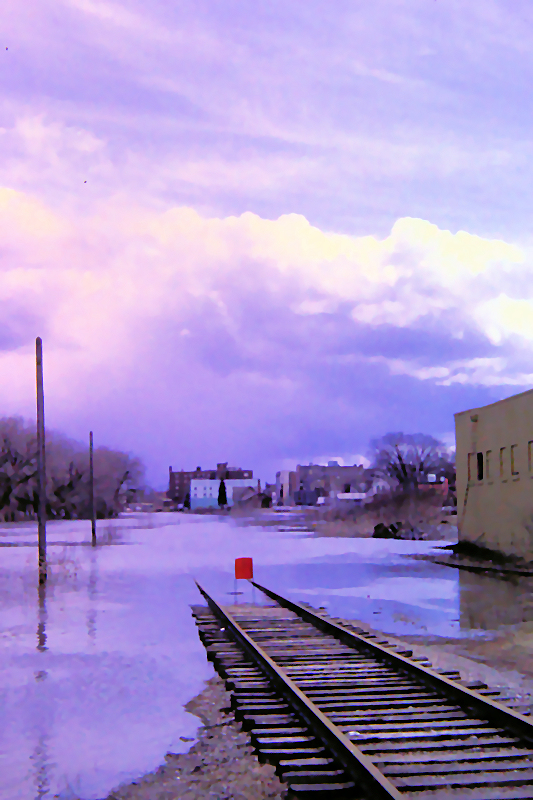
Every year it seemed the Red River of the North flooded with the springtime thaw. When it snowed several feet at a time the snow piled up everywhere. Twice the North Dakota National Guard evacuated our Riverside Park neighborhood because of flooding, which wreaked havoc with the railroads.
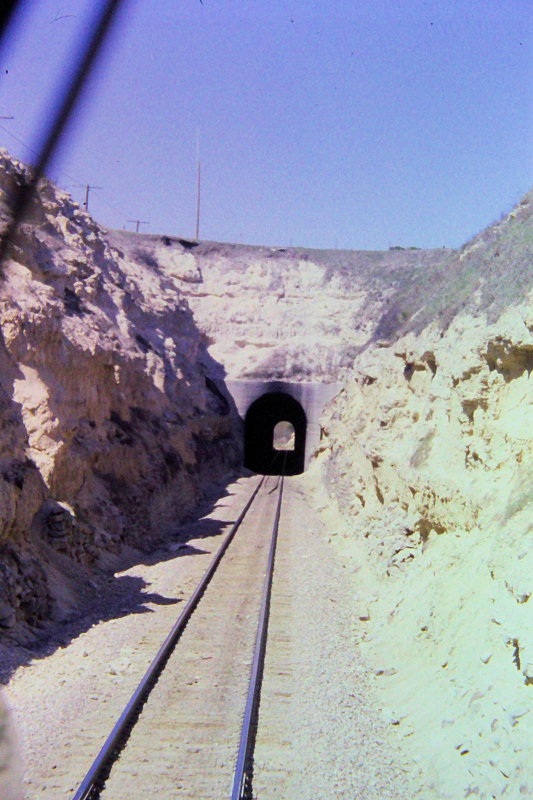
Another shot of the Crawford Tunnel. You can actually see the proverbial light at the end of the tunnel!
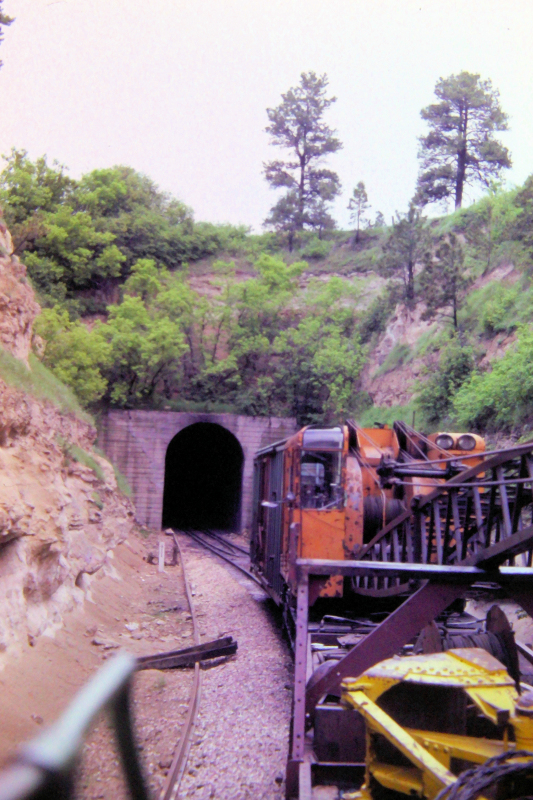
Our work train going through the Crawford Tunnel. I remember that our equipment operator was a little nervous about his crane going through the tunnel. There was a good reason unfortunately that the railroad ripped out the tunnel because it couldn't accommodate oversize cars.

